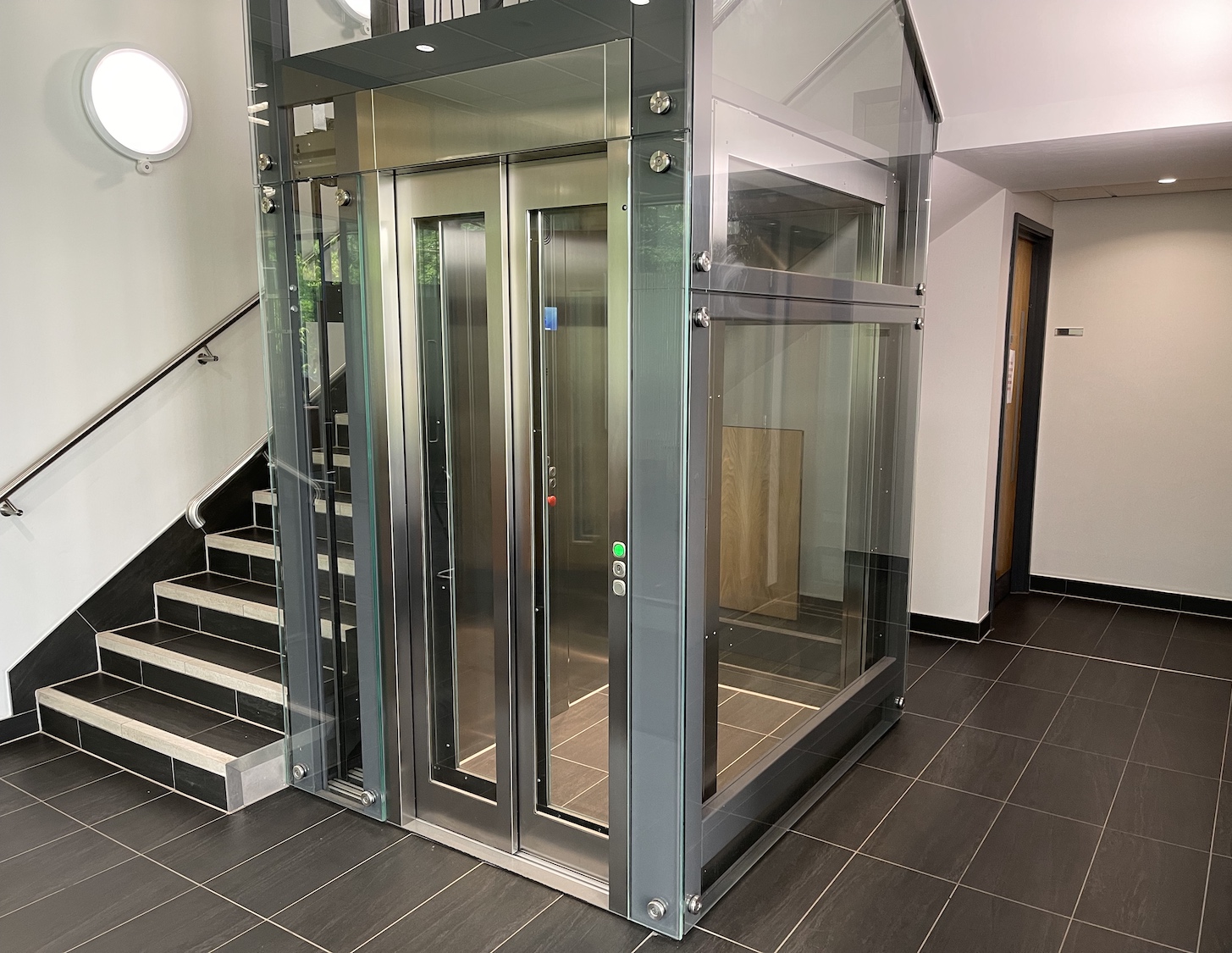London Lift Company: Relied On Experts for All Your Vertical Transportation Needs
London Lift Company: Relied On Experts for All Your Vertical Transportation Needs
Blog Article
Exploring the Globe of Lifts: Common Issues Dealt With by Various Lift Mechanisms
As we browse via the upright transportation systems of modern structures, elevators stick out as an indispensable component of our lives. Nonetheless, behind their smooth operation lies a globe of intricate systems that can occasionally come across challenges. From hydraulic elevators to traction systems and machine-room-less designs, each lift kind features its collection of common concerns. Recognizing these obstacles is crucial for making sure the smooth functioning of these essential systems. Allow's discover the intricacies that underlie the procedure of lifts and the potential concerns that can arise, dropping light on the intricate internet of lift systems.
Hydraulic Lifts
Hydraulic elevators, typically favored for low-rise structures, use fluid stress to control the movement of the lift auto (lift repair companies). This system involves a hydraulic pump pressing oil right into a cylinder, causing the lift to relocate the wanted instructions. While hydraulic elevators are understood for their peaceful and smooth operation, they do include their own set of typical problems
One widespread trouble with hydraulic lifts is oil leakage. Additionally, concerns with the control system, such as damaged shutoffs or a malfunctioning pump, can cause disruptions in the elevator's motion.
Regular upkeep and prompt repair services are important to guarantee the smooth performance of hydraulic elevators. By attending to these typical problems proactively, building owners can decrease downtime and make certain the safety and effectiveness of their vertical transport system.
Grip Lifts
When taking into consideration vertical transport systems in structures, one more typical kind other than hydraulic elevators is the traction lift. Grip lifts operate using a system of ropes and weights that relocate the elevator cars and truck by grasping onto the hoist ropes. This mechanism enables smoother and faster upright transport compared to hydraulic systems.
One of the typical concerns dealt with by traction lifts is rope wear. The constant activity of the ropes within the grip system can bring about deterioration with time, possibly creating the elevator to malfunction or become harmful for use. Normal evaluations and maintenance of the ropes are necessary to make certain the elevator's proper functioning and safety and security.
One more issue that traction lifts may experience is associated with the control system. Troubles with the control system can cause concerns such as erratic motion, hold-ups in feedback times, or also complete closures. Regular screening and upkeep of the control system are vital to protect against such problems and make sure the elevator's reliability.
Machine-Room-Less (MRL) Elevators

One of the vital components of MRL lifts is the portable gearless traction device that is installed within the hoistway. This machine effectively drives the elevator cars and truck without the demand for cumbersome devices located in conventional grip lifts. In addition, MRL elevators commonly utilize a counterweight system to balance the car, further improving their power performance.
In spite of their benefits, MRL lifts may deal with obstacles connected to upkeep and repair work due to the confined area for tools setup. Ease of access for servicing elements within the shaft can be limited, calling for specialized training for technicians. Proper upkeep schedules and regular evaluations are essential to make sure the continued smooth operation of MRL lifts.
Overloading and Weight Limitation Issues
Are elevators equipped to manage excess weight tons successfully and safely? Straining and weight limitation concerns are crucial problems in lift procedures. Lift manufacturers layout lifts with particular weight abilities to ensure traveler safety and devices longevity. Surpassing these weight restrictions can lead to different issues, consisting of mechanical failings, delays, and security hazards.
When elevators are overloaded, it puts excessive strain on the motor, wires, and other parts, possibly causing malfunctions or malfunctions. Security systems such as sensing units and overload sensing units are in place to stop elevators from relocating if they discover excess weight. Additionally, exceeding weight restrictions can cause increased power usage and damage on the lift pop over to this site system.
To reduce straining concerns, developing supervisors should plainly display weight restrictions in elevators and educate owners on the importance of adhering to these limitations - lift repair companies. Routine upkeep checks by certified professionals can also help guarantee that elevators are operating within safe weight parameters. By dealing with overloading and weight limit issues proactively, building owners can boost elevator safety and effectiveness
Electric System Failings
Exceeding weight limits in lifts can not just lead to mechanical problems however likewise potentially add to electrical system failures within the lift facilities. Electrical system failures are a critical problem in lift procedure, as they can trigger unexpected shutdowns, breakdowns, or even safety hazards.
Regular upkeep and examinations are vital to recognize and attend to prospective electrical problems promptly, making sure the safe and reliable procedure of lift systems. By adhering to weight limitations and conducting routine electric system checks, structure owners can minimize the threat of electrical failings in elevators.
Final Thought

Hydraulic lifts, typically preferred for low-rise structures, utilize fluid pressure to regulate the motion of the lift automobile.When considering vertical transport systems in buildings, one more typical type apart from hydraulic elevators is the grip lift. Grip elevators operate utilizing a system of ropes and weights that move the lift automobile by gripping onto the hoist ropes. Unlike conventional lifts that require a separate equipment room to house the devices, MRL elevators incorporate many of the components i was reading this within the shaft, eliminating the requirement for a committed device space.In verdict, elevators face typical concerns such as hydraulic breakdowns, traction system failures, and electrical system issues.
Report this page